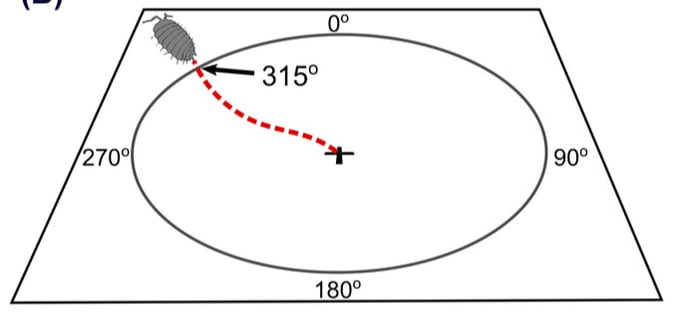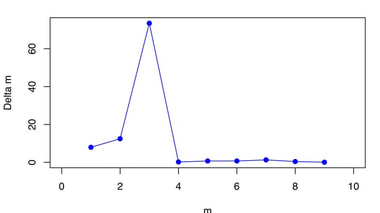Software

Looking at Genomes Graphically (LAGG) is a CLI tool for creating images from DNA sequences. LAGG is capable of generating an image providing just an SRA (or ENA) accession number and a k-mer count. Of course, the CLI contains more options and even a config-based workflow for more complex processes. Images are generated using an algorithm based on Chaos Game Representation[^1] (CGR). This process creates images by counting k-mers for a genome / DNA sequence. With genomes aquired from the European Nucleotide Archive (ENA). Options are available to use Cutadapt to preprocess the genomes before counting.

The R package ‘CircMLE’ is a series of wrapper functions to implement the 10 maximum likelihood models of animal orientation described by Schnute and Groot (1992). The functions also include the ability to use different optimizer methods, calculate various model selection metrics (i.e., AIC, AICc, BIC), perform likelihood ratio tests and plot results.

The R package ‘OptM’ is a tool I developed to determine the optimal number of migration edges on a population tree using the TREEMIX software. Currently, TREEMIX recommends to stop adding migration edges when 99.8% of the observed variation is explained by the model. Using OptM, one can use either an ad hoc statistic based on the second-order rate of change in likelihood (what I call “Δm”) or a series of linear modeling approaches to determine the optimal cutoff using a more quantitative approach. OptM is currently available on CRAN. Please check it out and let me know how it can improve!
This web app takes you to a simple online calculator to use for graphing circular data (a dataset of angles), calculating the circular mean, performing the Rayleigh test, and comparing two groups. The calculator is designed to be simple, intuitive, and for particular use in conjunction with the Pill Bug Lab (see link below).
Publications using this software
- CircMLE
- CircMLE
- CircMLE
- CircMLE
- CircMLE
- CircMLE
- CircMLE
- CircMLE
- CircMLE
- CircMLE
Data Sets, Databases, Other
Contributors